EVA ILLOUZ is professor at the Hebrew University in Jerusalem and president of the Bezalel Academy of Arts and Design. She is the author of seven books, most recently of Why Love Hurts.
The University of Chicago Press, Chicago 60637
The University of Chicago Press, Ltd., London
2014 by Eva Illouz
All rights reserved. Published 2014.
Printed in the United States of America
23 22 21 20 19 18 17 16 15 14 1 2 3 4 5
ISBN-13: 978-0-226-15341-4 (cloth)
ISBN-13: 978-0-226-15369-8 (paper)
ISBN-13: 978-0-226-15355-1 (e-book)
DOI: 10.7208/chicago/9780226153551.001.0001
Originally published as Die neue Liebesordnung. Frauen, Mnner und Shades of Grey. Suhrkamp Verlag Berlin 2013.
Library of Congress Cataloging-in-Publication Data
Illouz, Eva, 1961 author.
[Neue Liebesordnung. English]
Hard-core romance : Fifty shades of Grey, best-sellers, and society / Eva Illouz.
pages cm
Originally published as Die neue Liebesordnung : Frauen, Mnner und Shades of Grey. Suhrkamp Verlag Berlin 2013Title page verso.
Includes bibliographical references and index.
ISBN 978-0-226-15341-4 (cloth : alkaline paper) ISBN 978-0-226-15369-8 (paperback: alkaline paper) ISBN 978-0-226-15355-1 (e-book)
1. James, E. L. Fifty shades of Grey. 2. Erotic literatureSocial aspects. 3. Best sellersSocial aspects. I Title.
HQ462.I45 2014
808.8'03538dc23
2013046331

This paper meets the requirements of ANSI/NISO Z39.48-1992 (Permanence of Paper).
Best-Sellers and Our Social Unconscious
Those of us who think that modernity has marked significant progress in the human condition can take stock of the differences that separate us (moderns) from them (members of premodern societies) by invoking fast trains, frozen food, or vaccines; or better, the right to vote, to oppose political leaders, and to oust a serving president. But when we want to take stock of the vast changes in values, what gives people a sense of worth and membership, what people desire and fantasize about, what the role of morality is, or how clear to ourselves our identity is, things get muddled. It is difficult not only to know what to focus on in order to understand what has changed and how we have changed, but also to establish the criteria to evaluate what constitutes moral progress or decay.
There are many cultural artifacts we could assess to chart such changes across time. One intriguing line of inquiry is to think about literary best-sellers as barometers of value and to consider the differences that separate the best-sellers of different ages as markers of change. Two books published three centuries apart illustrate what I mean: Daniel Defoes Robinson Crusoe, published in London in 1719 and reprinted six times in less than four months; and E. L. Jamess Fifty Shades of Grey, an erotic romance novel that topped the New York Times best
Robinson Crusoe is the eponymous novel of its single hero, a man who represents the solid values of the merchant class, oriented toward duty and work. The novel documents the religious and self-introspective awakening of a man shipwrecked on a desert island and extols the values of work and self-transformation. In no way does it focus on emotions or even social relationships; indeed, the only relationship in the novel is the friendship Robinson creates with the native Friday, a relation that is more colonial domination than a reciprocal and egalitarian bond. In fact, Robinsons relation to the world writ large is one of domination and control, over both the land and its natives (Watt [1957] 2001). The novel also contains some eighteenth-century reflections on the relationship between nature and society, and much of the books pleasure derives from seeing Robinson take possession of nature through his prescientific understanding of the rules that govern tides, weather, and crops. The novel lacks erotic or sentimental content; or, rather, if it has any eros, it is to be found in monetary exchange, international commerce, agricultural work and production, and in a dawning self-awareness that Europe had developed as a region superior to others. It is in that sense a novel of a civilization becoming aware of itself as dominating the world, and a novel about the power of a scientific understanding of an individual still steeped in faith.
Fifty Shades of Grey takes us to far normative shores. The first volume of what became a trilogy is set on the West Coast of the New World, in Seattle, and is told from the point of view of a young adult woman, a college student named Anastasia Steele (Ana), who is still a virgin and who meets a very attractive, rich, and successful young man, Christian Grey. For the first time in her life, Ana experiences intense sexual desire, and she finds in Christian an unusual and exceptional sexual partner. Indeed, something sets Christian very far apart from other men: he will enter in a full relationship with Ana only if she signs a contract in which she willingly agrees to become his submissivethat is, if she agrees to be beaten, spanked, and tied, to lower her eyes in his presence, to sleep the number of hours he prescribes, and to eat only the foods and wear only the clothes he chooses for her. In addition to this contract, Ana is asked to sign a nondisclosure agreement that prevents her from divulging to anyone the nature of their relationship.
This book, then, takes us continents away from Robinson Crusoe. It focuses almost exclusively on love, intimacy, and sex. It is about the conquest not of land but of sentiments, the danger not of foreign and deserted landscapes but of intimate relationships, and not the self-awareness of Europe but the coming of age of a young college girl. This self-discovery is not of a spiritual nature; rather, it is of an entirely sexual and interpersonal kind. Far from endorsing conventional bourgeois morality, Fifty Shades of Grey presents the mainstreaming of underground sexual practices: bondage, discipline, sadism, masochism (BDSM). The relation of domination that is at the center of the book is endlessly reflected upon and negotiated, and ultimately is replaced by a relationship of love. Finally, while Robinson Crusoe was about learning to accept parental authority, Fifty Shades of Grey is about the real and symbolic scars left by bad parents, as Christian, the hero of the novel, turns out to have had a traumatized childhood, a secret the reader will only progressively discover. More generally, if


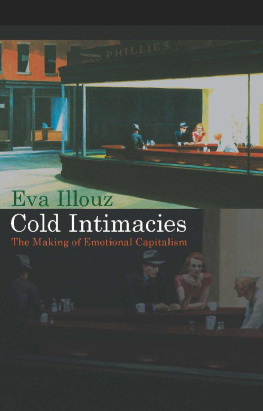



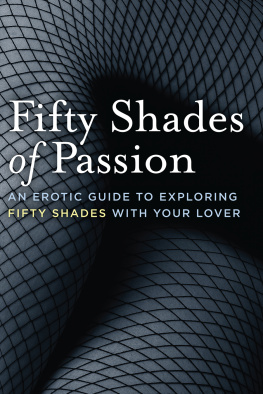


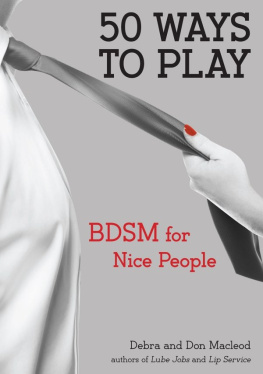
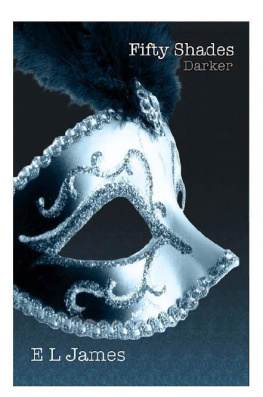
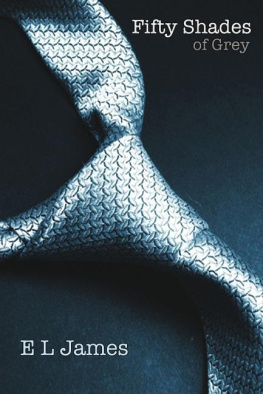
 This paper meets the requirements of ANSI/NISO Z39.48-1992 (Permanence of Paper).
This paper meets the requirements of ANSI/NISO Z39.48-1992 (Permanence of Paper).